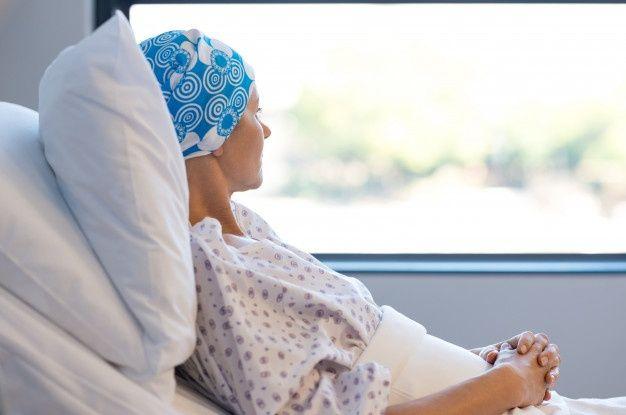John Smith
Alice. 'I've read that in.

Skin cancer is now the fourth most common cancer in the UAE—and it’s rising fast. In a country where sun is part of daily life, even a tiny mole could be a silent warning. Discover what dermatologists want you to know, and why sunscreen might just save your life
In the United Arab Emirates, where the sun shines almost all year round, skin cancer has quietly emerged as a growing health threat. Once considered rare in the region, it has now become the fourth most common cancer overall, and the second most diagnosed among men. In women, it ranks sixth. Despite its rising prevalence, awareness remains low—and that could be deadly. The stark increase in cases is largely due to the region’s intense sun exposure, paired with a population that underestimates the risks of prolonged ultraviolet (UV) radiation. Whether it’s a beach visit, daily commute, or weekend brunch on a terrace, residents unknowingly accumulate years of sun damage, often without any form of protection.
Several factors have contributed to the spike in skin cancer diagnoses in the UAE. The climate, of course, plays a major role. Residents are exposed to high-intensity UV radiation throughout the year, especially during peak afternoon hours. But it’s not just the sun—it’s the mindset that’s equally damaging. Many people mistakenly believe that darker skin tones offer complete protection from skin cancer. While melanin does offer some defense, it doesn't eliminate the risk. Skin cancer can—and does—affect individuals of all skin types. Another misconception is that short sun exposure is harmless. In truth, UV damage is cumulative, and even brief exposure over time can lead to serious consequences. Dermatologists across the country report an increasing number of patients with undiagnosed or ignored skin abnormalities, such as moles that have changed shape or lesions that won’t heal. In many cases, these turn out to be basal cell carcinoma, squamous cell carcinoma, or even melanoma—the most aggressive form of skin cancer.
The most dangerous aspect of skin cancer is its deceptive nature. A harmless-looking mole or spot can quietly develop into a serious health threat. Skin experts advise keeping an eye on any skin lesion using the “ABCDE” method—looking for Asymmetry, Border irregularity, Color changes, Diameter over 6mm, and Evolution over time. Any visible change in a mole’s shape, color, size, or texture should be a red flag. Melanoma, though less common than other types of skin cancer, is the deadliest. It can spread to internal organs if not detected early. Fortunately, if caught in its initial stages, the survival rate is significantly high. That’s why early detection isn’t just important—it’s potentially life-saving.
A major challenge in combating skin cancer in the UAE is the lack of regular skin screenings. Many residents skip dermatological check-ups due to either low awareness or the belief that they’re not at risk. Medical professionals strongly recommend annual skin exams, especially for individuals with a family history of cancer, fair skin, or frequent sun exposure. Some clinics have even reported that around 1% of routine screenings reveal early signs of melanoma. That means even a quick, five-minute exam could uncover life-threatening changes in time to intervene. Community health initiatives have been working hard to close the awareness gap. Campaigns held during Skin Cancer Awareness Month in May include free screenings, educational workshops, and public outreach events to help residents identify the risks of UV exposure and how to protect themselves effectively.
The good news? Skin cancer is one of the most preventable types of cancer. Daily sun protection is your best line of defense. Dermatologists advise applying a broad-spectrum sunscreen with SPF 30 or higher every morning, whether you’re spending the day outdoors or simply driving to work. Sunscreen should be reapplied every two hours and after sweating or swimming. Wearing UV-blocking sunglasses, long-sleeved clothing, and wide-brimmed hats can further reduce your exposure. Avoid direct sunlight between 10 a.m. and 4 p.m., when UV rays are strongest. If you work outdoors or enjoy weekend adventures, seek shade and carry sun protection gear with you. Tanning beds, still popular among some beauty-conscious individuals, should be avoided entirely as they increase the risk of skin cancer significantly.
In a region that embraces luxury skincare and aesthetics, prioritizing skin health should be part of the same conversation. Dermatologists are encouraging residents to treat sun protection and mole checks as seriously as dental visits or annual blood tests. Simple self-examinations can go a long way. Standing in front of a full-length mirror once a month to check for unusual spots, lumps, or color changes on the skin—especially in hard-to-see areas like the back or scalp—can lead to early diagnosis. A cultural shift is also necessary. Sun-kissed skin may still be seen as a sign of vitality or beauty, but long-term exposure without protection can have fatal consequences. Raising awareness in schools, offices, and social media spaces can help normalize sun-smart habits and reduce stigma around getting suspicious spots checked out.
In a land where sunlight is as constant as sand, skin cancer is an invisible but growing threat. Its rise in the UAE isn’t just a medical issue—it’s a public health wake-up call. By understanding the risks, prioritizing prevention, and encouraging regular screenings, residents can protect themselves and their loved ones from a cancer that’s both dangerous and highly preventable.
The next time you step into the sun, don’t just grab your sunglasses—grab your sunscreen too.
Your email address will not be published. Required fields are marked *